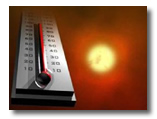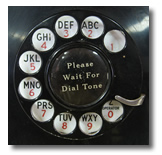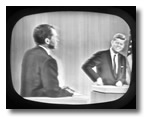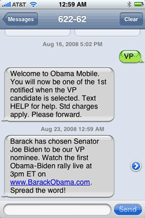As many of us sit down to the average American Thanksgiving 3000 calorie meal tomorrow, we’ll be in uncertain and frightening times. But I’m also counting my technology blessings, and here are a few:
1. I’m thankful for the generosity of the people of Seattle. We’ve asked a lot of them over the years, and they have consistently voted to tax themselves to give our city and region an improved quality of life, for examples:
• A completely re-built and remodeled Seattle Public Library system, a beautiful central library and 26 branches, including wi-fi in every branch and 1000 computers for public use, all financed with a $196 million levy. This week we have a wonderful new City Librarian in Susan Hildreth, coming to us from the California State Library.
• A new light-rail line from downtown to the airport, set to open in 2009, and a just-passed bond $17.9 billion measure to extend that line by 34 miles over the next 20 years
• A $167 million fire facility levy which, although strapped for cash in times of rising costs, has already seen us build a new state-of-the-high-tech-art emergency operations center and fire alarm center , a new fireboat and a joint training facility. The technology systems supporting Seattle Fire help them achieve an average four minute response time to calls, and you can even see those calls in real-time on our website.
• Note: although I’ve highlighted the investments above, Seattle voters also have approved housing levies, parks levies and funding for other projects to improve our quality of life.
2. I’m thankful for wonderful, dedicated, employees in the City of Seattle and especially those 600 folks who run our information technology across multiple departments. Throw out your old ideas about clock-watching government bureaucrats pushing paper from the in-box to the out-box. These high-tech folks run the electronic mail systems and internal phone network and electronic payment systems and customer service systems which make our City government a truly 24 hour-a-day, 7 day-a-week business. And we have some unique twists such as an online directory of almost all employees to help customers cut through the organization – not many other companies or governments have that: . I’ve blogged before about how diligently and competently these folks respond to disasters large and small, e.g. the 108 degree data center, , Dial Tone comes from God , and Nervous System of a City Government .
3. I’m thankful for an award-winning City of Seattle web portal http://www.seattle.gov , twice winning the top city web portal from the Center for Digital government . And also for the Seattle Channel, winner of both Emmys and back-to-back 2007 and 2008 excellence in government programming awards from NATOA
4. Finally, I’m thankful for great and supportive leadership such as Mayor Greg Nickels who recognizes the efficiency and effectiveness which technology brings to City government by proposing significant technology improvements even in the upcoming lean budget years. And Seattle’s City Council supported that vision by passing the technology portions of his 2009-10 budget with few changes – and those changes were improvements such as a Technology Matching Fund increase and a Citizen Engagement Portal.
Of course this sounds self-serving, because Greg’s my boss and the Council holds the purse strings. But there are hard, solid, initiatives in this budget: a new customer relationship management system, an Outlook/Exchange replacement for an aging e-mail system, an electronic parking guidance system, outage and asset management systems for Seattle City Light, and much more.
5. And, in terms of leadership, we techies can also turn to the federal government and see a new President who knows the importance of broadband and technology to the economy and to making the Federal Government more effective and in touch with people. Everyone in the United States can rejoice and give thanks for that.
You may think I’m a bit Pollyannaish in this blog, and I am, because it is a time to give thanks. But I promise my next blog will be a bit different, as I give you my Recipe for making Technology Turkeys.








